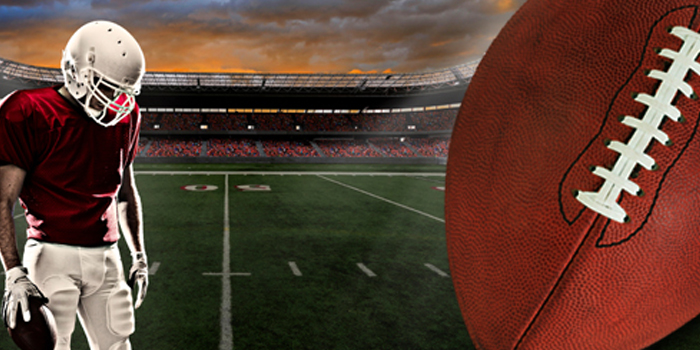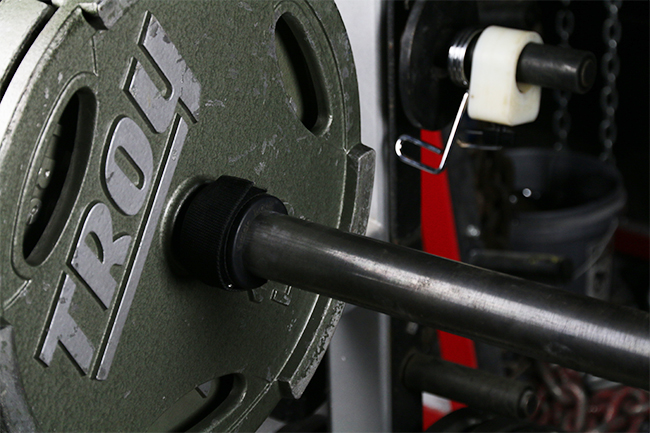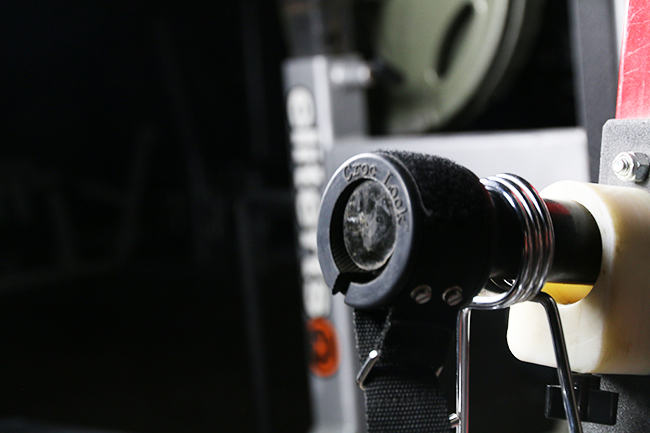
This article is going to provide some tips I have come up with over the years of what it takes to become a successful strength and conditioning coach, intern, GA, you name it. The best advice I can give you is to be like the collar. Yes, the collar at the end of the bar that holds the weights on. You can learn a lot from that collar, and I am going to point some of those lessons out right now.
1. They come in all different shapes and sizes.
Some collars are small and wiry, some are plastic, and some are the old school Olympic set collars that weigh 17 tons. So do strength coaches; some are wiry, some may look like they are made of plastic, and others are old school that weigh 17 tons. I am not talking about the physical differences though, I am talking about personalities. Everyone’s personality is different, but if you are to be successful you have to be yourself and make it work. I don’t want my staff to be clones of me; I want them to be themselves and coach to their personalities. I don’t care how they do it, as long as they get the job done. If you are not a yeller and screamer, don’t try to be. Get your point across how you want to do it, be yourself and find a way to get your athletes to do what you want them to do. The spring collar can never be the Olympic collar but they both get the job done at the end of the day — holding the weights on the bar.
2. They do not discriminate.
Collars hold weights on the bar no matter how many plates are loaded. They hold 135 just as much as 500. Strength coaches should be the same way. Your team and your program should treat all the athletes the same. The phrase, "you are only as strong as your weakest link" is true. It may be that walk on that you have been working with that seals a win because the guy in front of him was injured and he was ready. Always demand the same work ethic, form requirements, intensity, and effort no matter the athlete’s ability. Even if some of your players are not the top end of the physical spectrum (we all have them) and they are B athletes, make sure they get a B every time they work out or run. Also, do not give in to your A athletes. You must always set the tone to the strong, push the thoroughbreds as hard as they can be pushed. A lot of times we tend to push the B’s and C’s because it is easier, but don’t do it. Same demands for everyone.
3. They are there but hardly noticed.
Collars are on all your bars, all over your weight room, but you don’t really think about them until they don’t do their job. Everyone notices when the weights fall off one side, destroy your platform, and the bar goes flying. It is a lot like us. We have to understand our place. We are a spoke in the wheel of a team. Hardly noticed, usually taken for granted unless we really mess u by not having a team ready or in shape. Then the whole world knows about it and we feel like trash. It is an occupational hazard. Do not get in this profession thinking that you will get glory and recognition. Some of the greatest strength coaches that are out there 99% of us have no idea what their names are or who they are. You do this job because you love it. If it is not a part of who you are or what you do, don't get in this business. It is not worth it if you treat it like a job.
4. Keeps us safe.
Collars hold the weight on the bar; the weights do not fall off the bar; the lifter does not get killed by the bar or weights — strength coach keeps his job for another day.
Injury prevention and prehab are two of the most important parts of what we do. One of the greatest ways to prevent injuries and get players on the field and stay on the field is to get them as strong as possible! All these newfangled workouts and exercises can never take away from the fact that our athletes need to get stronger. To get stronger you have to push the envelope a little, and that means to always be smart with what you’re doing.
One of the worst things that can happen is for an athlete to get hurt in the weight room, especially for something that could have been prevented (spotting, no collars, bad technique). It is the quickest way to get fired, even if the circumstances were beyond your control. Use common sense, test things at the right time and place, and teach your kids how to test. I have been places where the kids have no idea how to handle test days, and I have taken for granted that they did. Walk and talk them through it, coach them up, and have some fun. Always have standards. There is nothing worse than inflated numbers and quarter squats. Quarter squats are the worst. (Except 1/8 squats. Those are even worser.)
This is just a common sense approach to some of the most important aspects of becoming a strength coach. It is one of the greatest professions when it is done for the right reasons. Always believe in yourself and just do the best damn job you can. There will be haters, jealousy, and people so insecure in what they do that they will critique every little thing and try to destroy you and your reputation. Ignore all the noise, all the distractions and just go out there and make your athletes better. Have fun, doing what you love to do. Just like those collars do when holding down a quarter ton of iron….













2 Comments